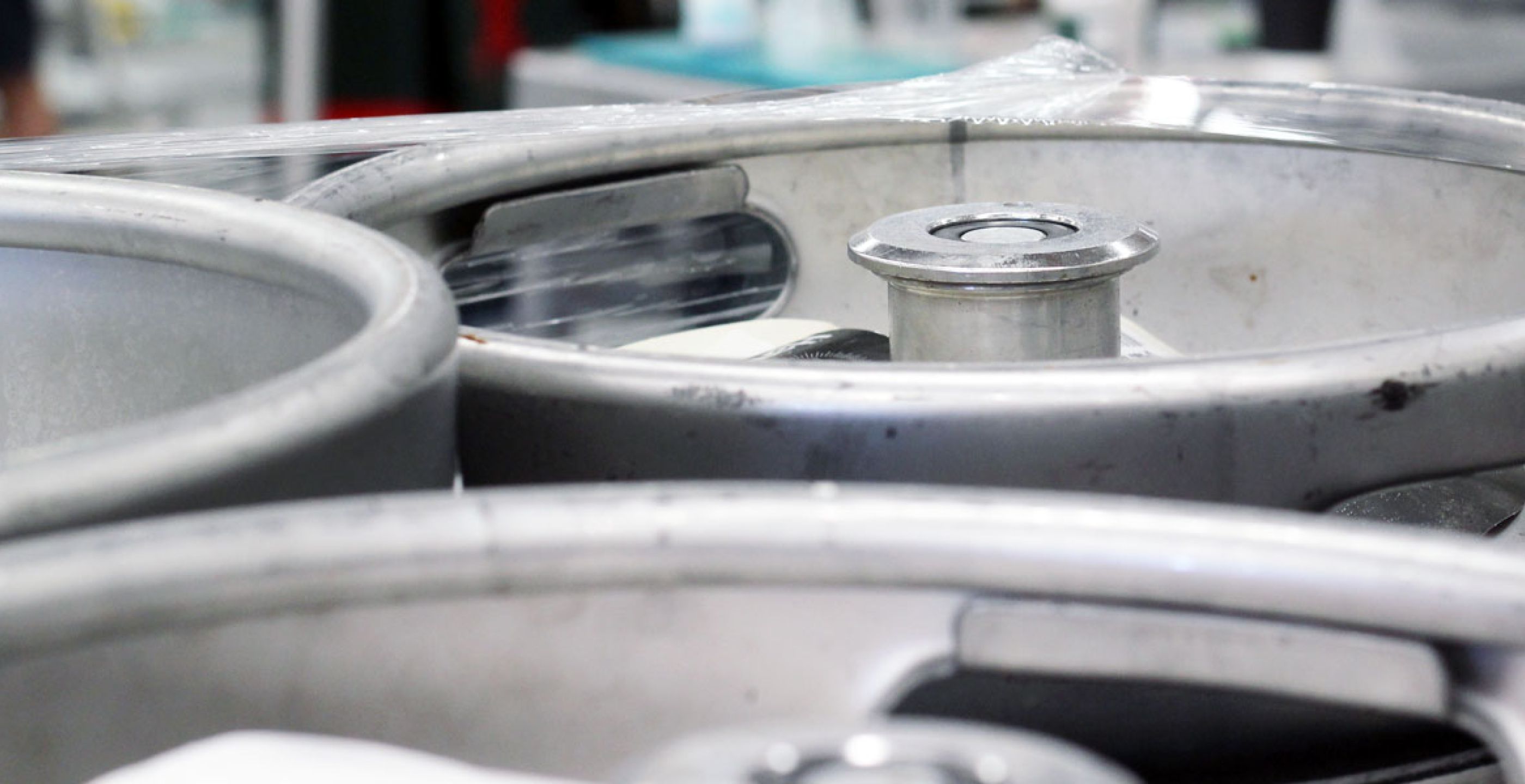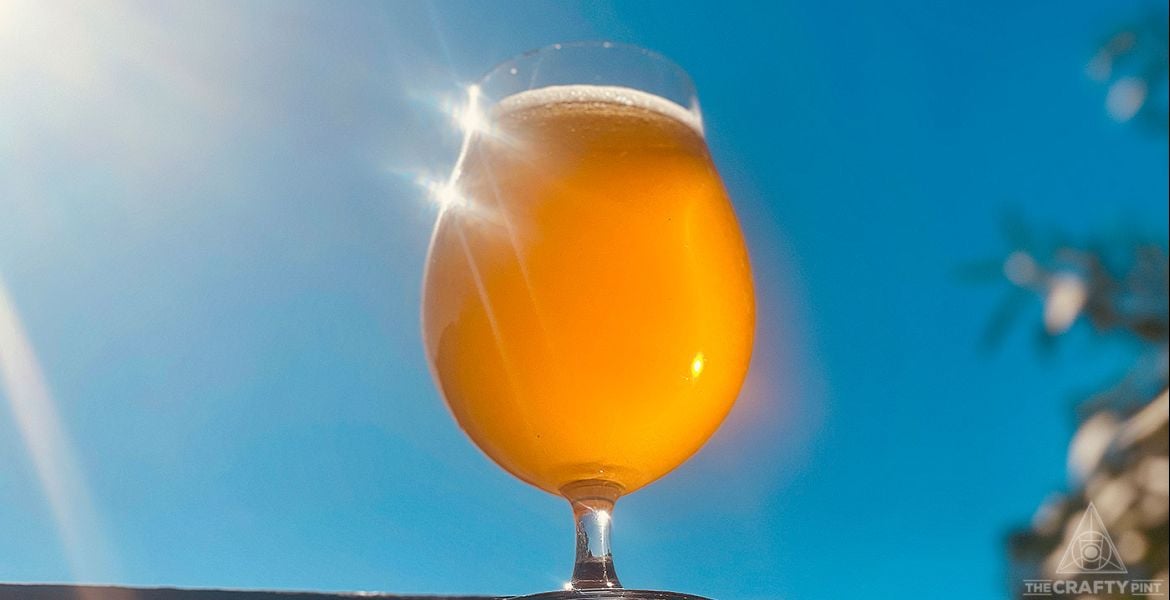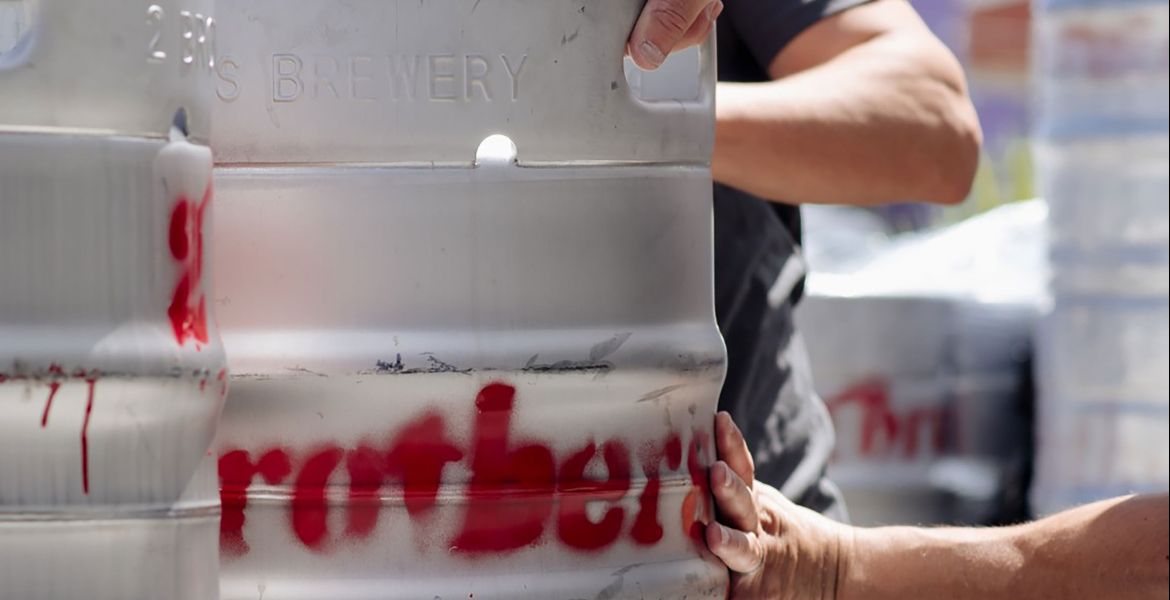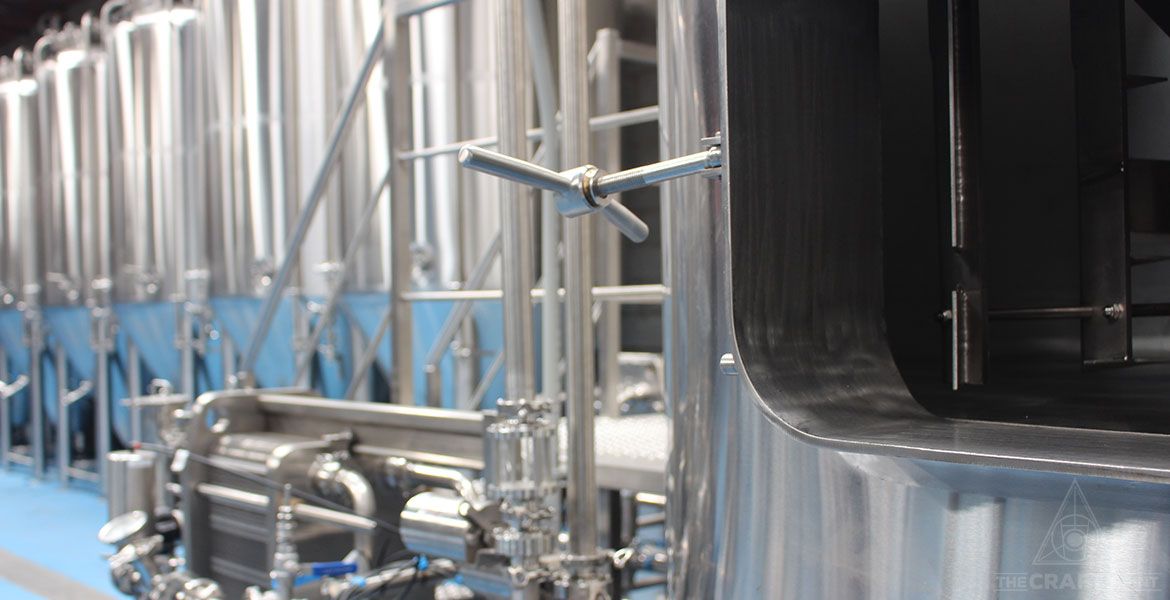In May last year, before he reinvented himself as the daggy dad du jour, then treasurer Scott Morrison announced two major changes to alcohol excise for breweries. The amount of excise on which they can claim a rebate was to more than triple from $30,000 to $100,000 per annum and the rates at which different sized vessels are taxed was to change too.
Today (July 1), those changes come into effect and, while many brewers are likely looking forward to an extra $70,000 in their bank accounts, the impact the changes will have on how brewers send beer into the world isn’t as clear cut.
Whereas last week, beer packaged in anything less than a 48 litre container would be taxed 40 percent more, breweries can now put their beer in anything eight litres or larger while paying the same rate. From a practical sense, it means 20 and 30 litre kegs are more likely to become part of the local beer landscape.
Keg logistics company Kegstar have somewhere in the order of ten thousand 20 litre kegs coming into the country and have significantly increased their pre-existing fleet of 30 litre kegs too. So it’s safe to say they think breweries will embrace them.
Nate Harper, head of sales for Kegstar in Australia and New Zealand, says close to ten percent of the breweries they work with have already ordered smaller kegs and he sees clear opportunities for brewers to get their beer on tap in new venues.
“If somewhere already has sparkling water, they’ve got the space to put a 20 litre keg on and provide very good, fresh beer to their customers,” he says.

While Nate says he doesn’t believe 50 litre kegs are going anywhere and that smaller kegs will still make up a minor percentage of Kegstar's overall fleet, he points out that 20 and 30 litre kegs are easier to move, and can offer venues greater flexibility.
“I think thirties will be really good,” he says. “Venues who previously might get one 50 litre keg cam now request two of the 30 litres so they can stack two high, meaning brewers have the opportunity to sell ten more litres in a safe and sustainable way.”
As the man who oversees specialty beer at Moon Dog, Dave Langlands is no stranger to higher ABV and unusual beers that can carry a hefty price tag, especially if you're ordering 50 litres. He’s also spent years on the other side of the bar, having run both The Terminus and Foresters in Melbourne before joining Moon Dog, and says he sees the benefits when it comes to more expensive and slower moving beers.
“It makes it a little more manageable for something they aren’t going to fly though,” he says. “From a venue manager’s perspective, I would have loved to have had things like Boatrocker Ramjet and Mountain Goat Barleywine in a 20 litre keg.”
Like Nate, Dave sees more opportunities to work with smaller venues, such as cafés and restaurants, but says the impact of the change is hard to predict..
“It’s a bit of an unknown really,” he says. “I think there’s a few people throwing around ideas of what might change – myself included – but I’m not sure exactly what will change.
“A lot of our customers aren’t actually interested in smaller kegs. Unless it’s during something like Good Beer Week where they want to be putting on a bunch of different beers, they just want to put a beer on.”
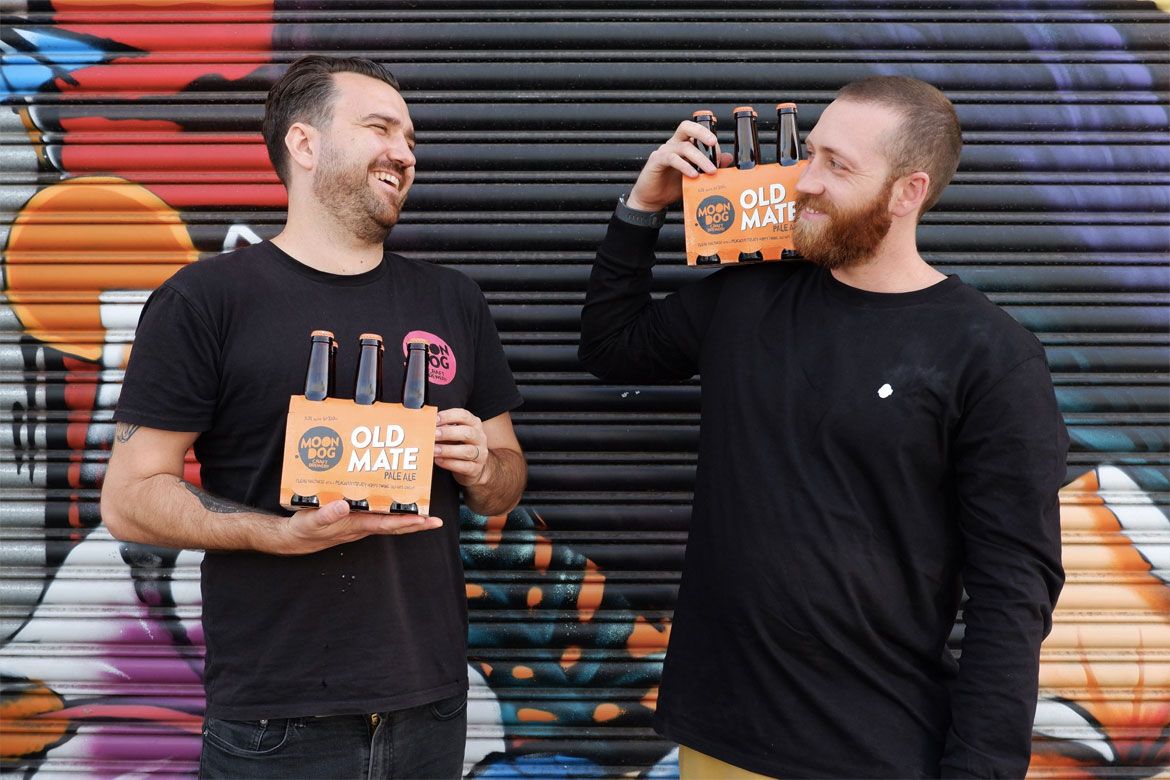
Dave adds that, with craft beer drinkers increasingly chasing the new, smaller kegs could lead to even faster tap rotation and thus make it harder for brewers to retain a spot on tap.
“It’s kind of a Catch 22, because you’re able to pack into smaller packages and, if you do, that’s great, you might get your beer on at more places," he says. "But you’re also doing two and a half times the work to sell beer into places.”
Dave also says relatively high wages in Australia when compared with America – and the scale of craft breweries on the other side of the Pacific – already makes it difficult for Australian craft beer to compete on price in the global beer market. With the cost of sending one-way disposable kegs from other countries now lower, he says local brewing companies could witness more pressure from imported beer coming into the country.
“I think we’ll see diverse taps and more diverse beers on tap, but I think we might also see more competition from importers,” he says.
They are concerns Aaron Edwards, who runs Sydney’s Bitter Phew, has had raised by brewers.
“From the brewer’s side I can see how they might think people will buy less of their beer,” he says. “But I’m more of the mind that if I’m going to buy a pale ale I’m not going to buy one 20 litre keg because, ultimately, I’m not selling less beer.
“I’m more likely going to buy three kegs of 20, which is ten litres more than I would normally buy and drinkers know that every time I’m pouring it, that freshly-tapped keg is going to be much fresher than half a 50 litre keg.”
With a constantly rotating taplist, Bitter Phew regularly hosts tap takeovers with some of the most hyped international names in craft beer. But, though he understands the concern about smaller kegs flooding into the local market, he doesn’t think the improved rates for smaller kegs are enough to change buying habits, which are moving towards local and independent beer.
“I don’t think the drop in price is going to be so significant that people are going to stop buying local,” he says. “People aren’t buying overseas beers because they're cheaper, they’re buying them because they’re unique – it’s not a price sensitive issue.
“I think if there is any competition, it isn’t a bad thing and I’m not sure anyone will lose out. Importers might see a small uptick in sales but I don’t think it will be astronomical and you could also say there’s too many breweries in Australia – where do you draw the line?”
Beyond the ability to stock fresher beer, rotate taps fast and buy boozier beers, Aaron says the clearest benefits from the reforms for him are with regards to OH&S.
“Because of us being upstairs, instead of having two to three people carry kegs up those stairs one person can do it,” he says. “But it’s just general movement as well, I’ve worked at big pubs before and, unless they’ve got a $300,00 lifting system - which most don’t - OH&S is a major issue across the board.”
He believes the overall outcome of today's changes will be a positive one, particularly for people who want to drink fresher beer. And, while it might take a little time for them to catch on, smaller kegs could help local breweries get into more venues.
“I think they’re going to be a transition," he says, "but I think any resistance could be met with being left behind so to speak; I think it’s better to engage with the smaller keg system because it opens up more opportunities - not just with us but with the hospitality industry as a whole.”
Key Changes To Alcohol Excise
Increase to the refund for alcohol manufacturers
The refund for alcohol manufacturers will increase to a maximum of $100,000 per financial year.
If you’re eligible, you’ll be able to claim up to $100,000:
- for excise duty paid on or after 1 July 2019
- up to 60% of the excise duty paid
- within 12 months of the excise duty being paid.
Make the most of what you can claim. Visit Refund scheme for alcohol manufacturers for more information.
Extension of concessional excise rates for beer
You may be able to pay a lower rate of excise if you sell beer in containers that are:
- between 8 and 48 litres (inclusive), and
- designed to connect to a pressurised gas delivery system, pump delivery system or other prescribed system.
Find out the rates you’ll need to pay at Excise rates for alcohol.
Changes to repackaging rules
You’ll be considered an alcohol manufacturer if you decant beer that has had excise duty paid on it at a concessional rate:
- into sealed containers that are between 8 and 48 litres (inclusive), and
- the container is not designed to connect to a pressurised gas delivery system, pump delivery system or other prescribed system.
You’ll continue to be considered a manufacturer if you decant beer (that has had excise duty paid on it at a concessional rate) into sealed containers that are less than 8 litres in volume.
If you are considered an alcohol manufacturer, you’ll need to apply for a manufacturer licence and may also need to lodge an excise return and pay alcohol excise.
See the ATO website for more at Growlers and repackaging duty paid beer.



